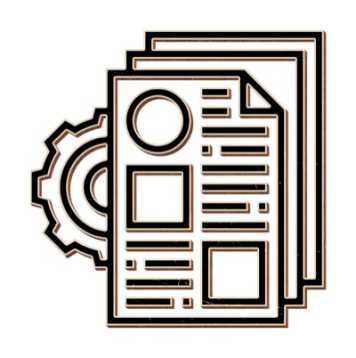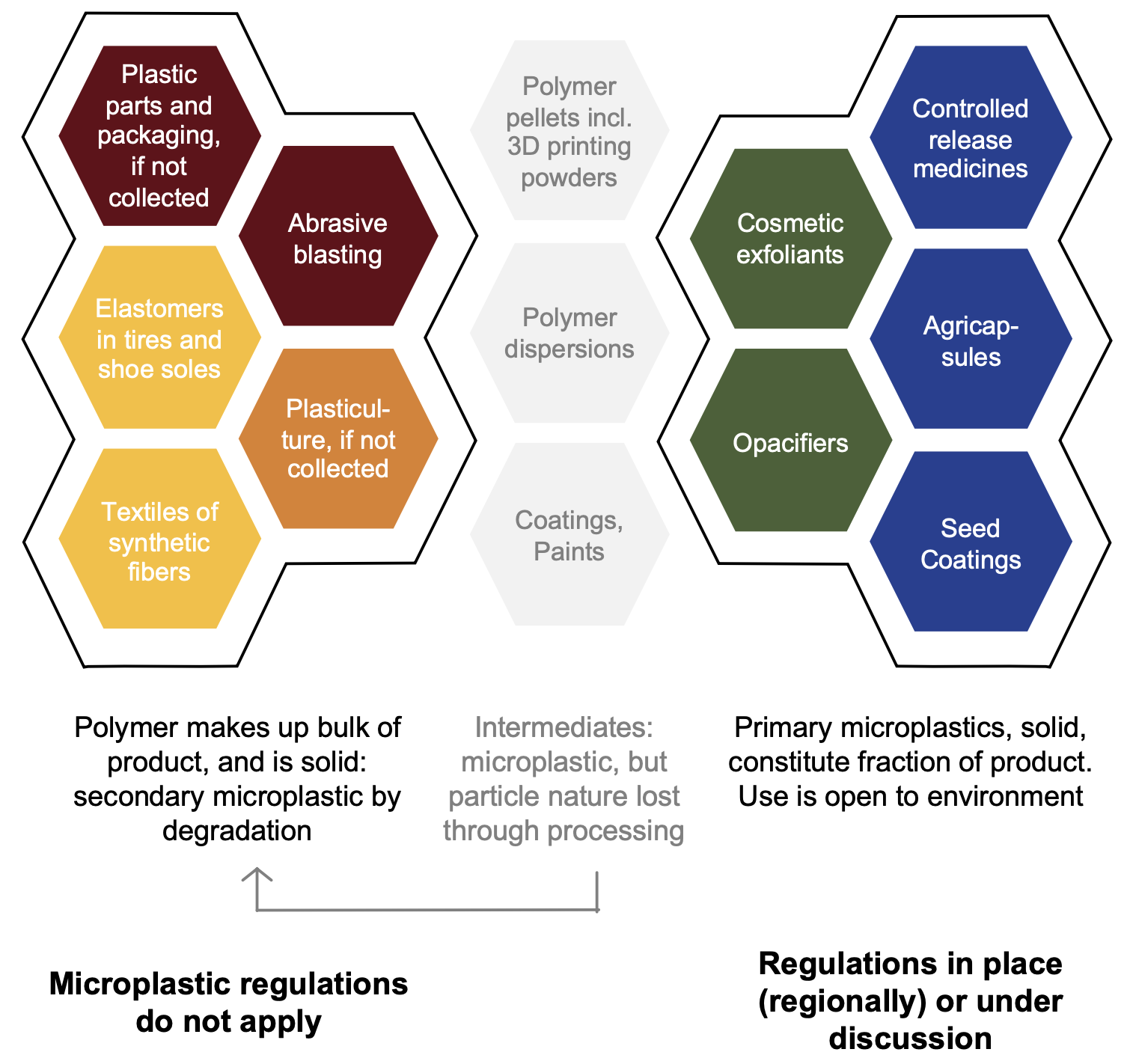Policy and Innovation for Environmental Protection

Those working in the fields of environmental sciences and the legal system often speak different languages, and thus having a common understanding will bring clarity to identify key targets, goals, and assess regulatory feasibility. We aim to assess how existing regulations for water or soil quality may be adapted and/or augmented to also include an assessment of (micro)plastics and engineered nanomaterials.

The theme of plastic pollution has recently received considerable attention in the public media, leading to vivid and emotional discussions on how best to regulate plastic and what the public can do to curtail plastic pollution. Restrictions on the intentional use of primary microplastics, small solid polymer particles in applications ranging from agriculture to cosmetics, are under discussion globally (see external page Mitrano and Wohlleben, Nature Communications, 2020). However, regulations need a precise focus and must be enforceable by analytical measurements. This leads to the question of how to effectively regulate (micro)plastic; both for primary plastics used directly in goods as well as recycling and repurposing waste products (e.g. compost which contains incidental plastic particles). Given the immanent development and implementation of the Plastic Strategy from the EU and other national and regional legislative bodies across the world, new regulations are bound to come into play in the next years but we as researchers should help shape these discussions to ensure that science-based and measurable objectives are implemented.